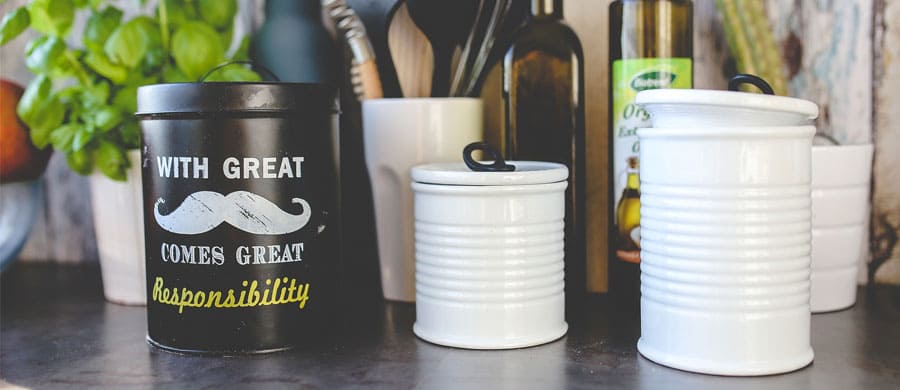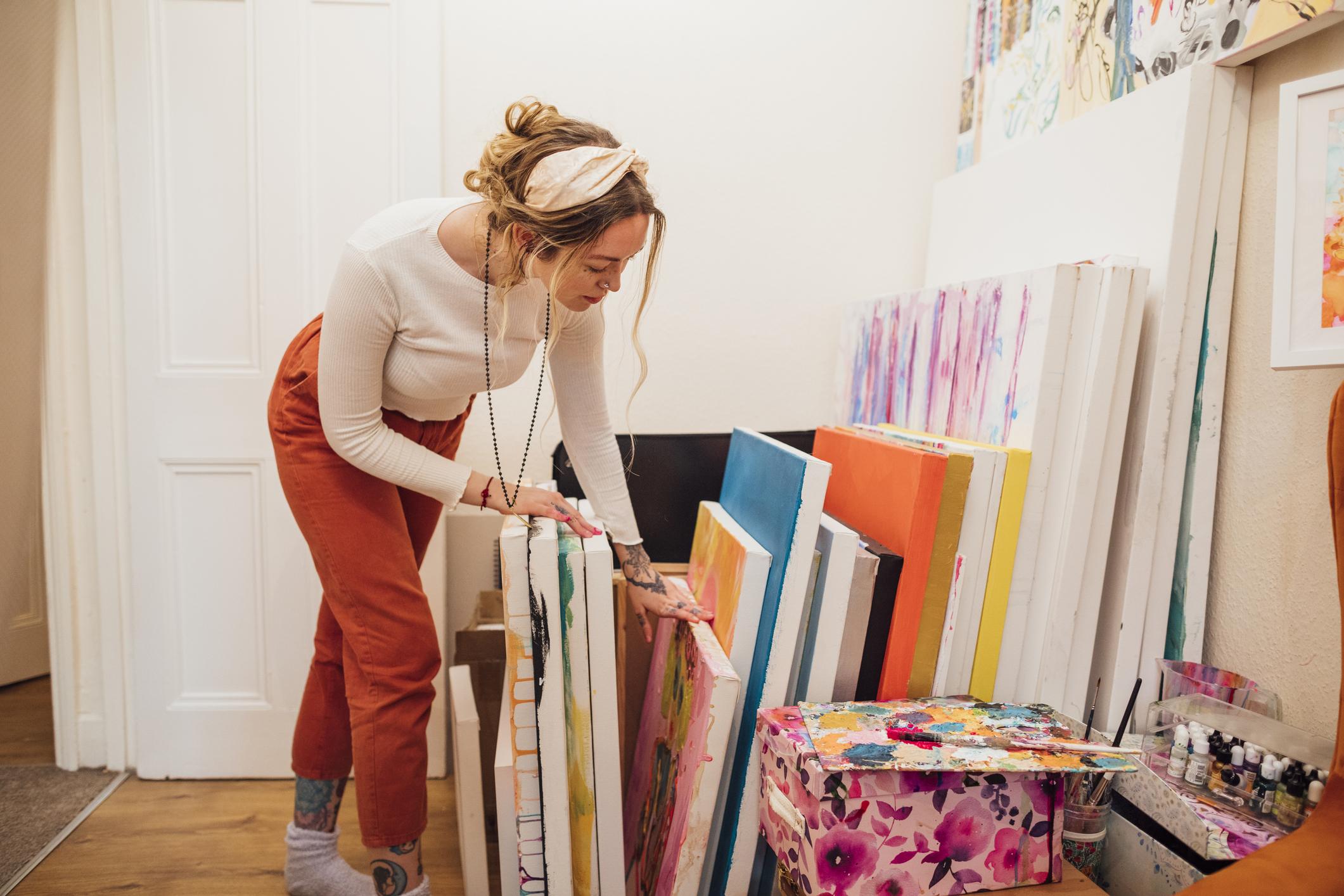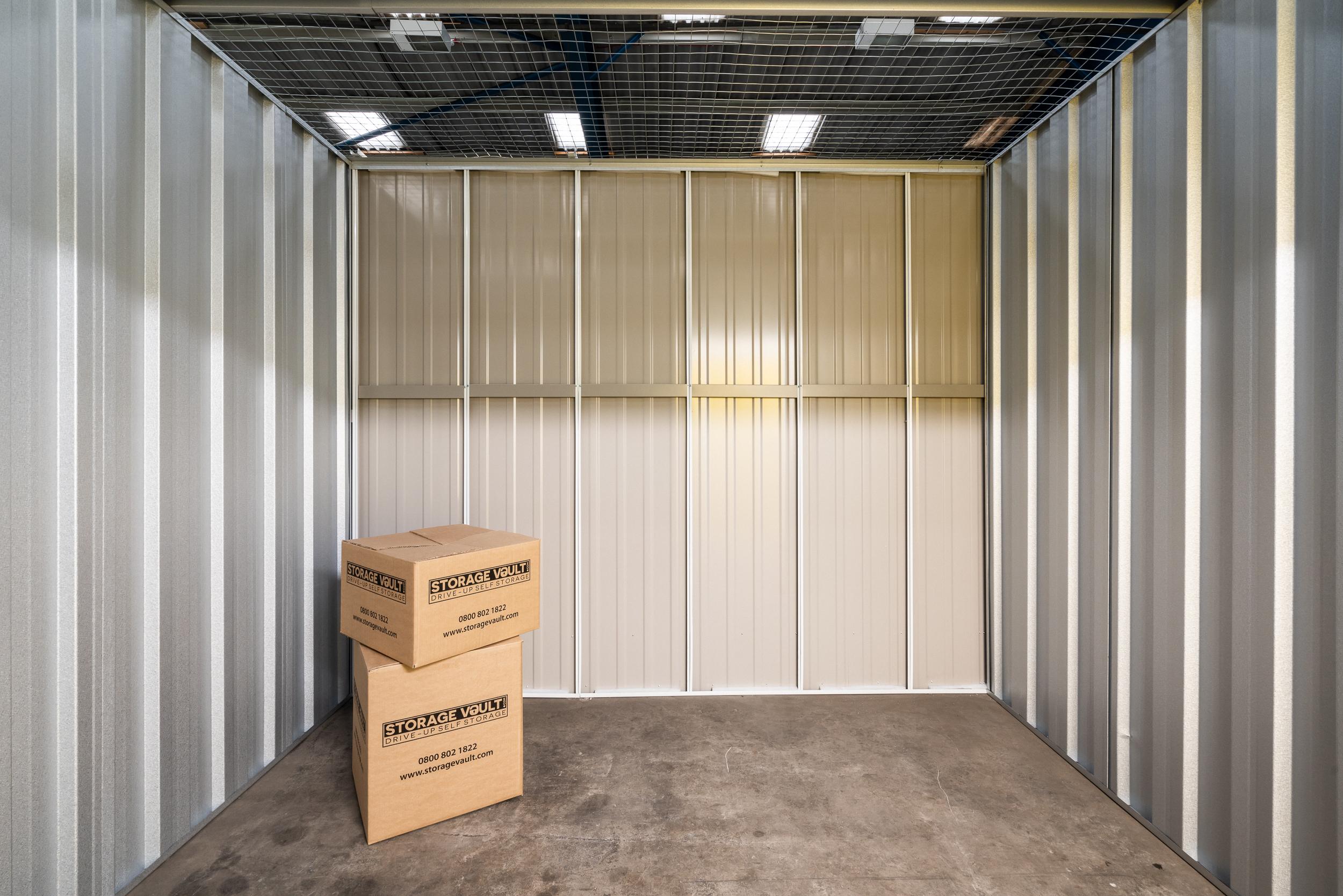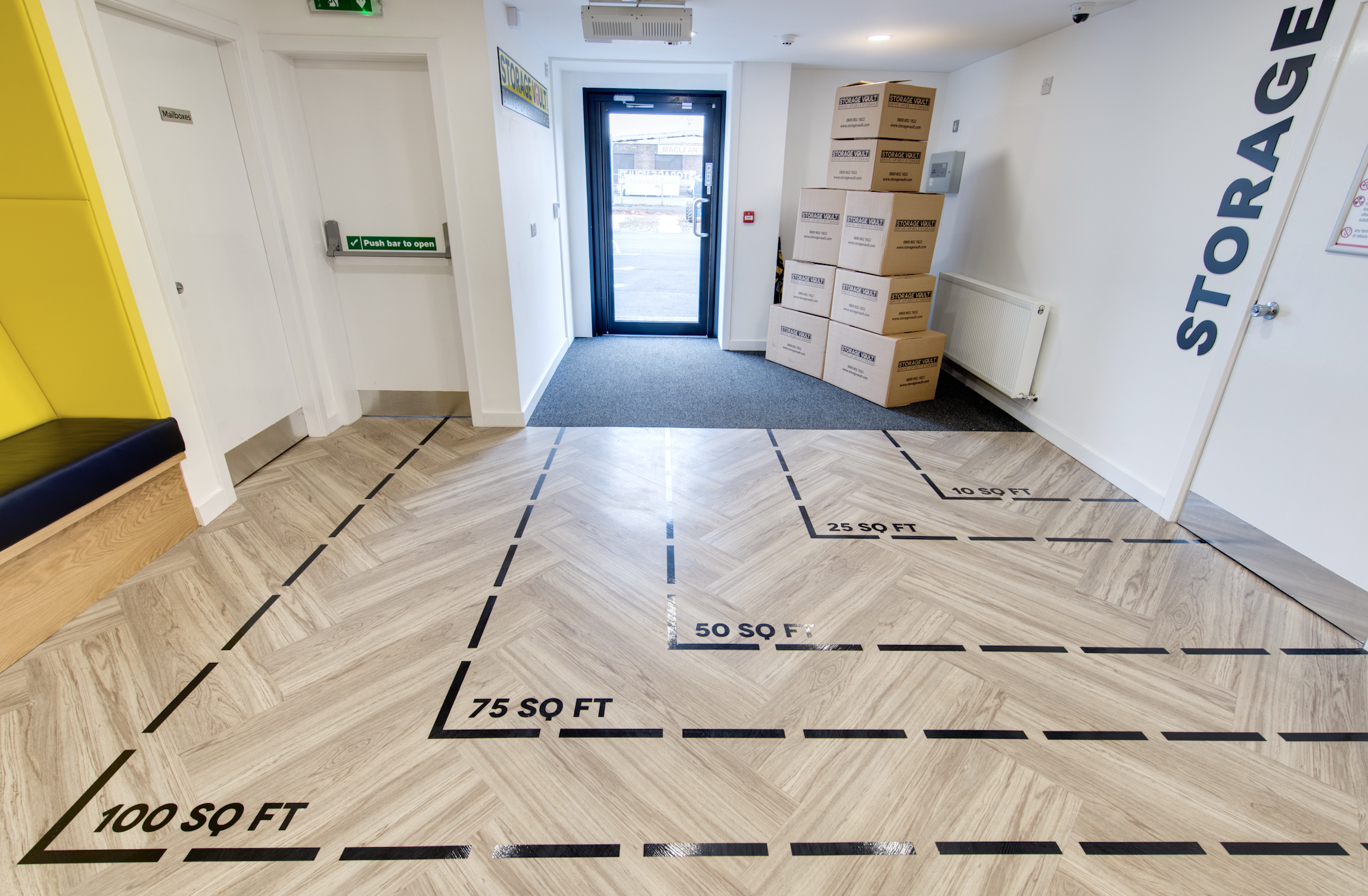The Ultimate Guide to Home Storage Solutions

Storage in a home is an important design feature when planning a new home, but storage space can also be retrofitted into an existing home. Whether creating storage space in a new home build or retrofitting spaces to become storage, the more efficient the storage space is, the larger the living spaces can be. Efficiency is not only about the way the storage space is divided and used but also the placement of each storage space for what it will be used for. For example, the linen closets should be close to the bedrooms and bathrooms and the pantry should be close to the kitchen. Having the appropriate amount of storage in the appropriate locations will allow for a more organised and liveable space. Studies have shown that organisation at home can reduce stress, allow you to sleep better, promotes a healthier diet, increases productivity, and saves you time and money in the long run.
What are my storage needs?
Current Spaces and Items
Each family will have different needs for storage, but there are areas that all households will need for storage: storage for clothing in the bedroom, storage for non-perishable and small kitchen appliances around the kitchen, storage for clean and dirty laundry, storage for tools and hobby equipment, storage for bathroom linens. Many of these storage needs are already built into the design of the home but don’t omit them from your list as you begin to create your list of storage needs. Continue to determine spaces that are available for storage by going room-by-room and if the space is currently being used for storage or can become a space for storage.
As you go room-by-room identify the items that need to be stored and if the items already have a designated storage space or if a storage space needs to be created. While identifying these items, note their size and shape, and what area of the house would be the most appropriate spot for them to be stored. If decisions need to be made between items being stored in certain areas, prioritise storage requirements based on the frequency of the item’s use in proximity to that location.
At this point in the process, you also need to take advantage of this opportunity to declutter your home and especially your storage areas. You can begin to declutter by determining if items are to be kept, donated, sold, or discarded. The items that will be kept need to be moved to where they are used most often as a way of sorting the items but also help to determine how much storage space will be needed in different areas of the home. The items that will be donated, sold, or discarded need to be moved out of the living spaces and to their destination as soon as possible. If you have trouble letting go of sentimental items start with the least sentimental items, take photos of the items before parting with them, journal the memory of receiving the item or about the person that gifted you the item, and celebrate what you do keep.
Storage Principles
The world in which we live has three dimensions: height, width, and depth and the main principle of storage is to maximise each dimension in the space that is provided.
Maximising Vertical Space
Most homes have a ceiling height of 8 feet with some homes having higher ceilings of 10 feet and up. Use all 8 feet of that height in your storage areas. To do this there is a plethora of shelving types, hooks, and wall-mounted organisers that will allow you to use all 8 feet high of storage. As you think of vertical spaces, don’t forget about the space of a door. Over-the-door organisers are no longer limited to shoe racks but now provide attractive and different storage options.
Maximise Horizontal Space
Horizontal space is usually the easiest dimension to determine how it will be used efficiently for storage because it is more accessible to people. When maximising the horizontal dimension, think beyond cabinets and shelving and use your imagination. Utilise the space under your beds for seasonal clothing or bedding. Incorporate multi-functional furniture into your living areas. Take ideas from tiny homes for areas that can be placed into the walls.
Maximise the Depth of Spaces
Maximising the depth of a space does not mean that items are just shoved into the back of a space, so all the space is used. Instead, be intentional about how the depth of the storage spaces is used. Place less used items toward the back of storage spaces. Create shelving that can be slid out so items at the back of a storage place are easily accessible. Stack multiples of the same items behind one another instead of beside each other. Each of these three ideas takes advantage of the depth of the storage space so other areas can be used more efficiently.
Specific Room Solutions
Each area of the home will need its own solution to maximise the space that is used for storage. What works in the kitchen will most likely not work in the bedroom. Be aware that there is not a one size fits all solution for every area of your home.
Bedroom Storage Solutions
When your bedroom is organised, you sleep better, have less anxiety, and are more productive throughout your day. There are two areas of organisation in the bedroom: closet space and the bedside area. As you optimise your closet space research closet organisation systems and accessories that can be added to your closet to maximise the space at hand. Also learning different folding and hanging techniques will help maximise the space in the closet.
The area around your bed can also be optimised for storage. The bedside tables that you choose should have built-in storage and even consider a table with a base where items can be stored off the floor. You may also utilise the wall space around your bed to install wall-mounted or floating shelves. These storage places can serve as both decorative and functional spaces.
Kitchen Storage Solutions
Your kitchen area has three primary areas for storage: cabinets, drawers, and the pantry. When organising cabinets, sort, and group similar items. Place lesser used items on the higher shelves of the cabinets and items used more often lower and around the area where they are most used. It is also helpful and maximises space if you use stackable containers and bins in your kitchen storage areas. If your kitchen does not have a designated pantry, store food items in cabinets based on their uses. For example, store all your baking goods together and your canned soups and vegetables together.
You will also need to maximise your drawer space in your kitchen. Drawer dividers and organisers allow for maximising the drawer space available. Store your utensils and cutlery by type and stack them, if possible, to maximise space. Finally, give each drawer a purpose so one drawer doesn’t become a junk drawer.
Bathroom Storage Solutions
Bathrooms are notoriously hard places to create storage. There is the traditional under-the-sink cabinet, but designs are even trending away from these cabinets. If you do have an under-the-sink cabinet, use bins or baskets to store items that are used at the same time. For example, keep all your toiletries in a basket and cleaning supplies in another basket. Utilise over-the-door organisers to create more space for storage.
The bathroom has one of the smallest footprints in most homes and because of this, the walls in the bathroom are important to maximise storage space. Install shelves and/or cabinets above the toilet. There are also decorative and functional wall-mounted storage units and racks that will allow you to use all of your wall space in your bathroom.
Living Room and Entertainment Storage Solutions
It is called the living room for a reason because it is the second most used room in a home behind the kitchen. Both entertaining and hanging out occur here so the more organised this area is the less stressful it will be. If your media is part of your living room you should create a media centre with all digital boxes, DVDs, and CDs organised and neat. All cables that are run from each of the boxes and devices should follow some cable management system or be run through the wall and hidden. The media centre can become an attractive, functional, and decorative storage solution.
Throughout the rest of the living room, you can incorporate stylish storage solutions into the room. Ottomans and/or benches can be used functionally but also provide a great place for storage. Decorative boxes and baskets can hold items, so they are organised and have a designated space when not being used. Coffee tables and end tables have drawers where smaller items such as remotes and extra batteries can be stored.
Home Office and Study Solutions
If an office is organised, it allows the employee to be more productive and have less stress. Desks can become a mess if there is no storage solution so incorporate trays for papers, cups for writing utensils, and desk drawer organisers for the items that are used less frequently.
As home offices become equipped with more technology the setup and cord organisation is a must. Determine what technology can be stacked and use a cord management system for all the cords. Cords can become a hassle and even be unplugged if they aren’t stored in an efficient manner.
Digital storage is also important in the office. Organise your backup devices so they are available during an emergency. Ensure that they are backing up data on a daily basis. Even with offices becoming more digital, there is a large amount of paper that is still used in the office. For this reason, you need a dedicated filing system so that files can be stored accurately and easier to find later.
Garage and Outdoor Solutions
Garages are intended as a place to store your car inside out of the elements, but many times it is a large storage area. Whether you have space for your vehicles, or the garage is a designated storage area the space can be optimised. There is a lot of wall surface area in a garage so use it to store tools and equipment. Pegboard or slatwall systems can be installed for the space to designated areas for items in the garage. Racks and hangers can be utilised for larger equipment to be stored on the walls of a garage.
The garage ceiling is one of the most under-utilised spaces for storage in your home. There are storage racks that are designed to be used on the ceiling of the garage to optimise the vertical space by hanging bikes and scooters. You can also utilise the ceiling space by storing seasonal or bulky items up and out of the way.
Kid’s Room and Toy Storage Solutions
A kid’s room is more than just a place to sleep; it is a multi-use space where they play, read, and sleep. Since a kid’s room is multi-use, creating designated areas for each use will allow for the proper storage systems to be implemented. The designated play area should utilise bins and/or baskets to separate and store like toys. There are also lower shelving systems where games, puzzles, and books can be stored and still accessible to the child. Whatever storage tools are utilised in a kid’s room creating a clutter-free environment teaches children responsibility for their own things.
Specialised Storage Solutions
Families will have different interests that will require different storage solutions. One example of a specialised storage solution is a designated area for wine. Climate-controlled areas are necessary for wine enthusiasts where temperature and humidity can be set and monitored. You will also need wine racks and/or cabinets to store your wine in the proper manner so it is not ruined.
Many individuals also collect different items as a hobby and will need appropriate storage for the specific items that are needed. Display cabinets are beneficial because items can be safely stored but also able to be viewed. A shadow box for the wall also provides the same function as a display cabinet. There also might be a need for specific archival storage needed for delicate items or items that can be damaged by the elements.
Creative Storage Solutions
Repurposed Items
Items that are used in one way can be used in another way as a storage solution.
Mason jars and other glass items can be used to store small items and still see what is being stored inside of them. Shoe organisers can also be used to organise items other than shoes. They fit over the door and have multiple compartments where items can be stored. Shoe boxes are small, sturdy boxes that are stackable and can be used when smaller items need to be stored.
DIY Storage Projects
Personal sweat equity is one way to ensure that storage systems are used. To repurpose an area for storage you can build custom shelves for an area or create entire storage units for use around the house. Previously owned furniture can be upcycled to create hidden storage that can then be placed around the home and not seem out of place.
Maintenance and Upkeep of Storage Systems
Going through the process to have your home organised and with proper storage takes a lot of work, but the upkeep of your systems of storage is very manageable if they are cared for regularly. The care for your storage systems does not have to have long amounts of time dedicated to it. You will be amazed at how much can be decluttered and organised in 15 minutes. Regularly cleaning and maintaining the storage system allows the items in these areas to last longer and serves as a reminder of what is stored so it isn’t purchased again. Finally, the upkeep of a storage system is manageable if issues are addressed promptly. The longer a storage system goes without maintenance the more damage will be done to the system but also to your items in storage.





